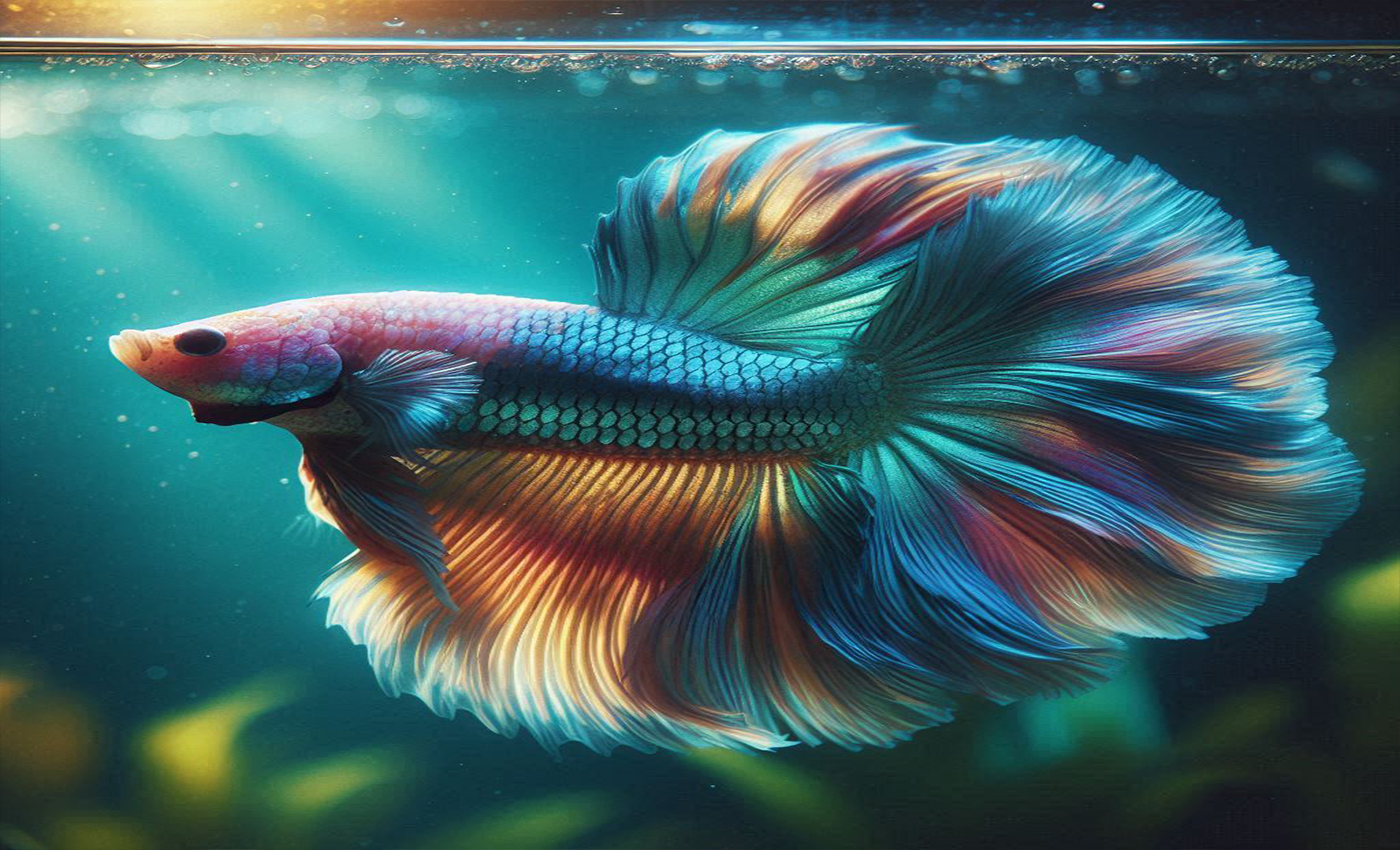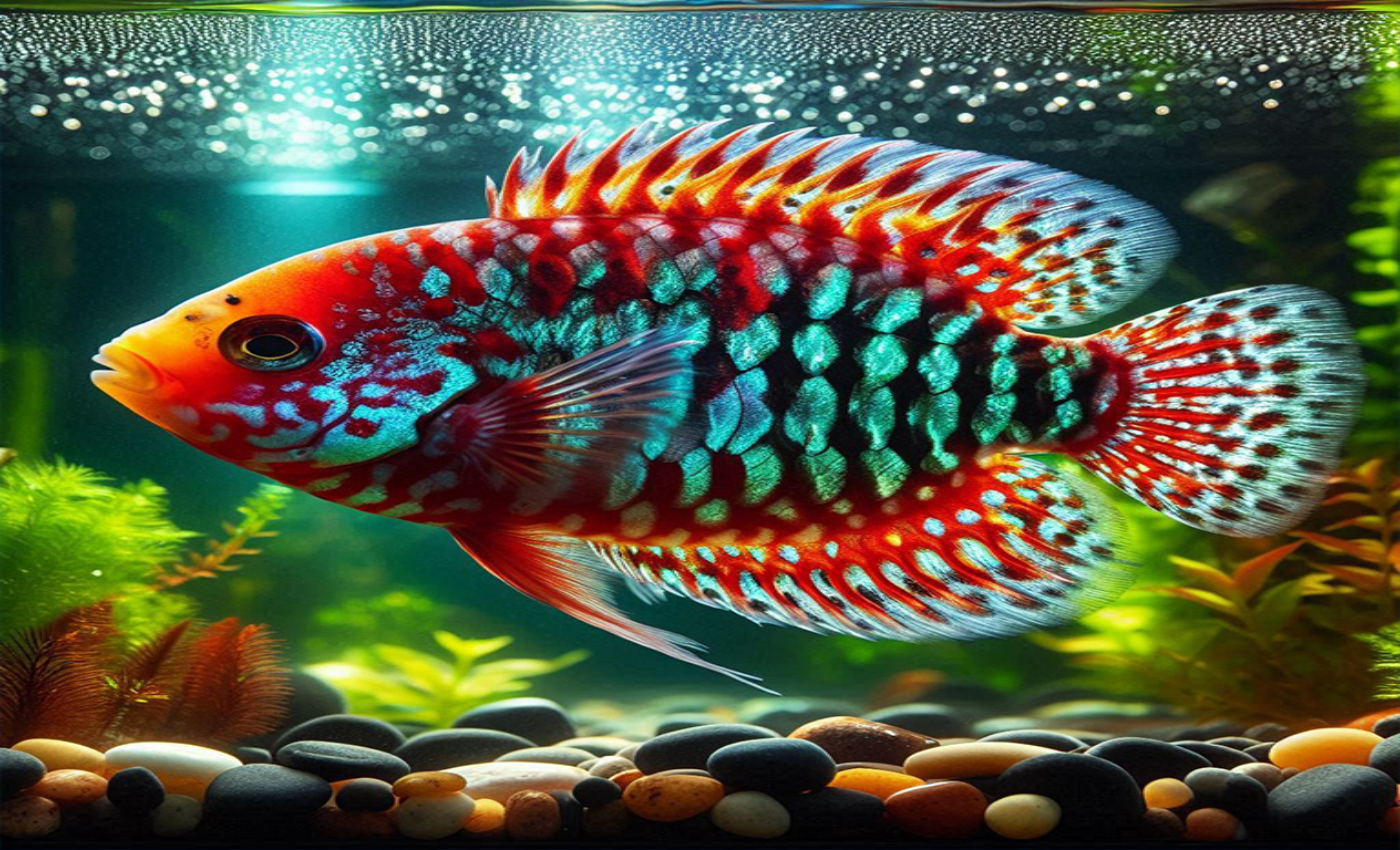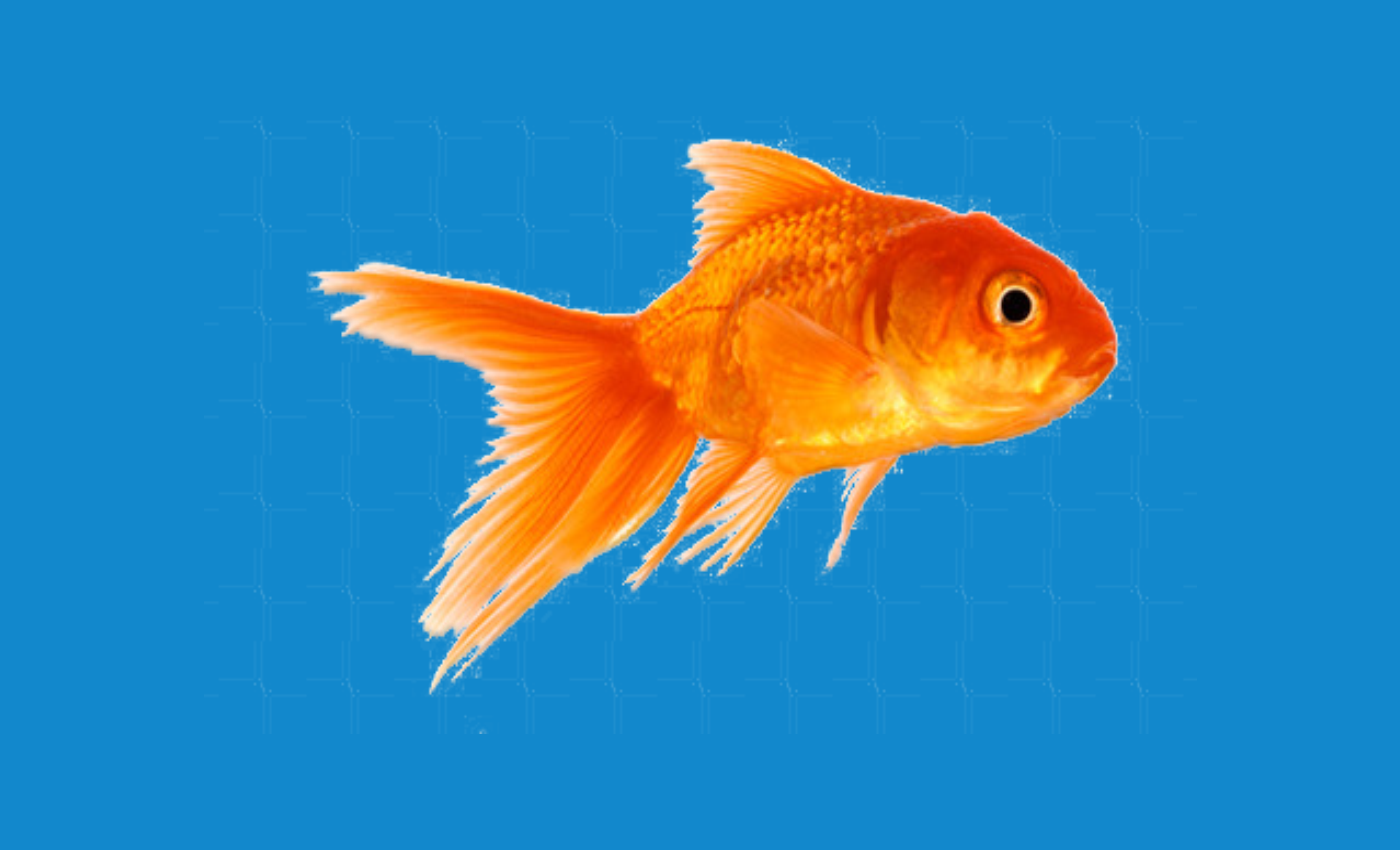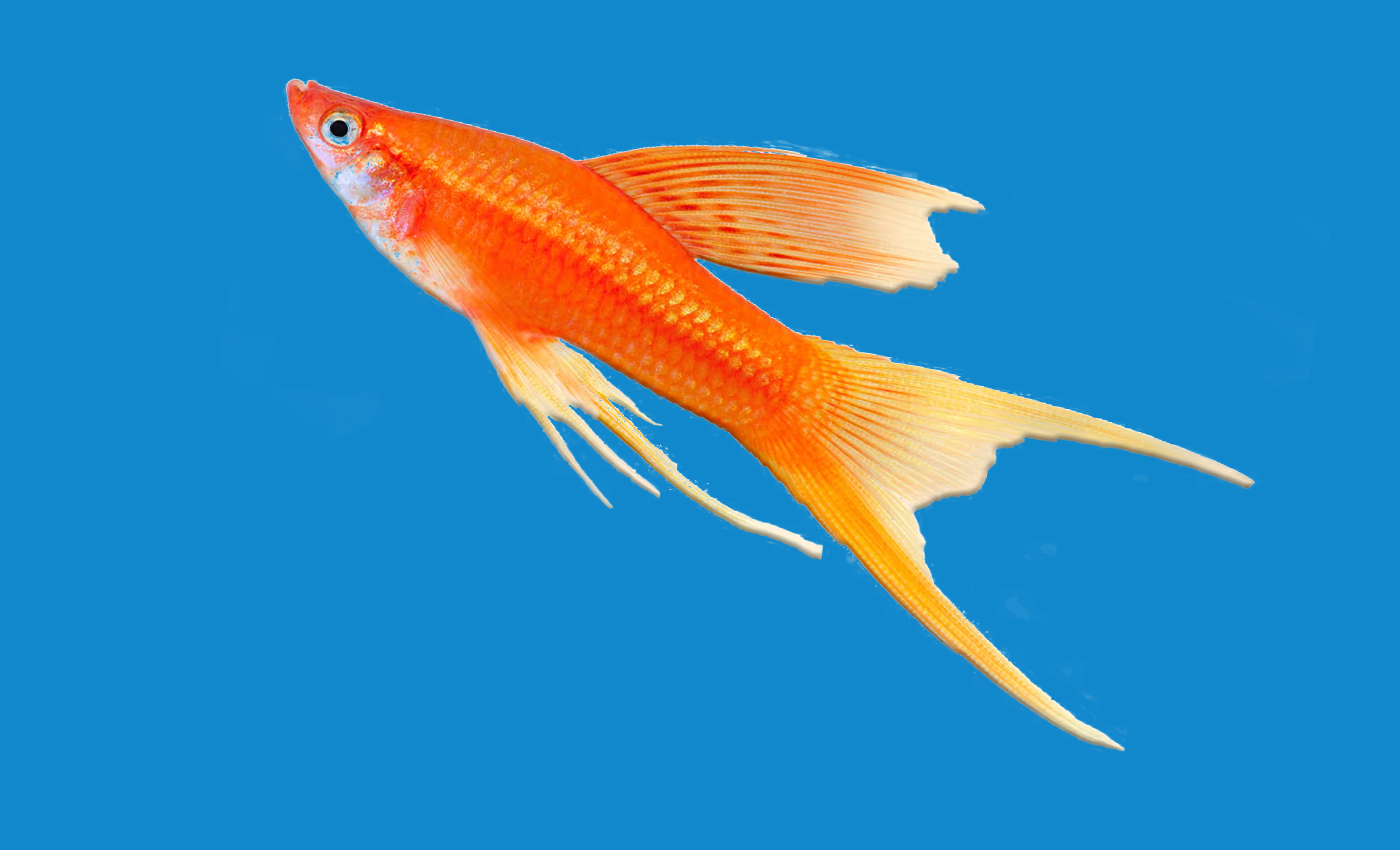Betta Fish: The Jewel of Southeast Asian Waters

Betta fish, scientifically known as Betta splendens or Siamese fighting fish, are revered for their vibrant colors, elaborate fins, and captivating behaviors. Originating from Southeast Asia, particularly Thailand, these fish have a rich cultural history dating back 400 years when they were first selectively bred for their beauty and unique fighting prowess.
Historical Background of Betta Fish
Betta fishes were originally domesticated during the reign of the King of Thailand, who avidly promoted their breeding for competitive fighting sports. Their natural aggression and territorial instincts made them ideal contenders for these traditional contests, which were not only a form of entertainment but also a reflection of cultural heritage.
Natural Habitat and Distribution
Native to Thailand and neighboring countries such as Malaysia, Indonesia, Vietnam, Laos, and Cambodia, Betta fishes belong to the Anabantidae family. What sets them apart is their labyrinth organ, allowing them to breathe atmospheric air. This adaptation enables them to thrive in oxygen-depleted waters like rice paddies, swamps, and stagnant ponds where other fish struggle to survive.
Aquarium Requirements for Betta Fish
Tank Setup
Creating a suitable environment is essential for the well-being of Betta fish:
Tank Size and Design
Betta fishes require a minimum tank size of 5 gallons to thrive, although larger tanks are preferable. The extra space reduces aggression and provides ample room for exploration. Tanks should be equipped with smooth substrates like sand or fine gravel to prevent fin damage, along with soft plants such as java fern and anubias for cover.
Water Parameters
Maintaining stable water conditions is crucial:
- Temperature: Keep water temperatures between 75°F to 82°F (24°C to 28°C) using a reliable heater, as Betta fish are tropical and sensitive to temperature fluctuations.
- pH Levels: Maintain a pH range between 6.5 and 7.5, ensuring optimal water quality for their health and vitality.
- Filtration: Use low-current filters to minimize water agitation, as Betta fish prefer calm waters and can be stressed by strong currents.
Feeding and Diet
Betta fishes are carnivorous and should be fed a varied diet:
Recommended Foods
Offer high-quality betta pellets or flakes supplemented with live or frozen foods such as bloodworms, brine shrimp, or daphnia. Feed them small portions once or twice daily, ensuring all food is consumed within a few minutes to prevent overfeeding and maintain water clarity.
Color Varieties
Betta fish are renowned for their stunning array of colors and fin shapes, the result of centuries of selective breeding:
Popular Color Variations
Betta fishes come in almost every shade imaginable, including:
- Blue
- Red
- Green
- Yellow
- Pink
- White
- Purple
- Orange
- Turquoise
Rare Colors
True purple Betta fishes are among the rarest and most sought-after varieties in the aquarium trade, commanding high prices due to their scarcity and unique appeal. Collectors and enthusiasts often prize these specimens for their rarity and vibrant hues.
Notable Varieties
Dumbo Eared Betta
Dumbo Eared Betta fishes are distinguished by their enlarged pectoral fins resembling the ears of an elephant. They often exhibit vibrant colors such as cobalt blue, making them a popular choice for aquarists seeking visually striking additions to their tanks.
Halfmoon Betta Fish
Known for their impressive finnage, Halfmoon Bettas have large, fan-shaped tails that can spread to an impressive 180-degree angle. Their graceful swimming movements and vibrant colors make them favorites among Betta enthusiasts.
Crowntail Betta
Crowntail Bettas feature unique fin rays that extend beyond their tail edges, creating a distinctive crown-like appearance. Available in various colors, they are admired for their ornate fin morphology and regal presence in aquarium displays.
Frequently Asked Questions (FAQs)
1. Can Betta fish live with other fish?
Betta fishes are territorial and can be aggressive towards other male Bettas, particularly in smaller tanks. They can coexist peacefully with certain tank mates such as neon tetras, Corydoras catfish, and small rasboras, provided the tank is spacious with plenty of hiding places.
2. How long do Betta fish live?
With proper care, Betta fishes typically live between 3 to 5 years, though some individuals may live longer under optimal conditions. Factors such as genetics, diet, and environmental quality significantly influence their lifespan.
3. Do Betta fish need a heater?
Yes, Betta fishes are tropical fish and require a stable water temperature between 75°F to 82°F (24°C to 28°C). A heater is essential to maintain consistent warmth, especially in cooler climates or during seasonal changes.
4. How often should Betta fish be fed?
Betta fish should be fed small portions of food once or twice daily, ensuring all food is consumed within 2-3 minutes. Overfeeding can lead to health issues and water quality problems, so monitor their feeding habits closely.
5. Can Betta fish recognize their owners?
While Betta fish may not recognize their owners in the same way as mammals do, they can become accustomed to human presence and may exhibit curiosity or respond to regular feeding routines. Building trust through consistent care and interaction can strengthen the bond between Betta fishes and their owners.
Conclusion
Betta fish are not just aquarium inhabitants; they are living jewels that add color, elegance, and intrigue to freshwater tanks. By understanding their natural behaviors, habitat needs, and the diverse range of color variations available, aquarists can create vibrant aquatic environments that showcase the beauty and resilience of Betta fish.



Post Comment